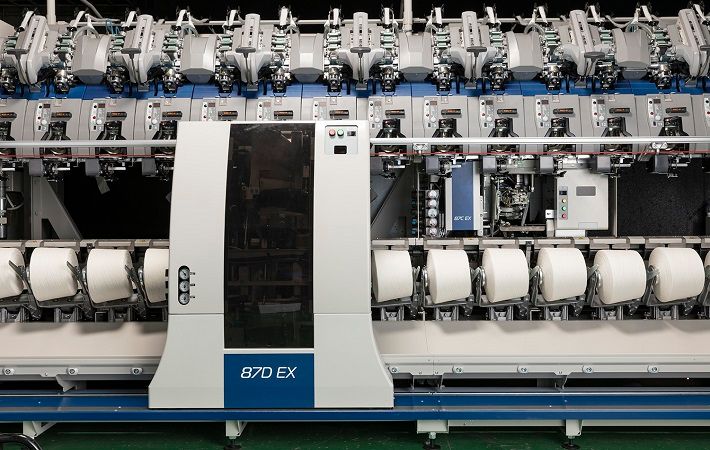

“She had to shift gears for me,” he says. Undeterred by the sling on his arm, Warlick folded his 6’5 frame into his beloved butterscotch-colored MGB and kept the date. When he asked Pam Kimbrell to go out after the last football game his senior year, he had no way of knowing that a broken collarbone would send him to the emergency room first. At Gaston Day School, he was the football team quarterback he also ran track and played basketball. Warlick’s love of sports continued into middle and high school.

But the memory of what it’s like to lack proper equipment stayed with him. Warlick played for the team and even recruited kids from his neighborhood until he aged out of the league. Their opponents were Firestone Mill and Temple Baptist and others-teams with more money and snazzier uniforms than the Boys Club team from the west side of town. They just said Boys Club, and we each got a cap. Mine had green stripes down the side of them,” he says, “and my brother’s had a red stripe down his, and then we got t-shirts with no numbers. Before the first game, some of Warlick’s boyish enthusiasm faded as the uniforms were handed out. There was only one league, and all the teams played in the old YMCA right in the center of town. So Warlick and his brother, Ted, who is older by 11 months, drove across town with their father to the west side, where the mill villages were. It was in this booming mill town of Gastonia in the 1960s that 9-year-old Warlick, the son of a real estate sales agent and a bank teller, was reading the sports section of the paper when he saw an announcement for the West Gastonia Boys Club team tryouts. By the 1920s, Gastonia, with more than 100 mills, had emerged as the country’s leader in combed cotton production.

That same year, the steam-powered Gastonia Cotton Manufacturing Company was established, and a mill town was born. In January 1877, less than a year after the Chester and Lenoir Narrow Gauge Railroad built a line that intersected the Atlanta and Richmond Airline Railroad, the town of Gastonia was incorporated with 104 residents. Warlick’s roots in public service have their beginnings in a textile manufacturing town outside of Charlotte, North Carolina. In March of this year, as the coronavirus descended on the United States and the White House needed solutions to a shortage of COVID supplies, it was Warlick, ever the public servant like his hero Jasper, who answered the call. He does not have the heart to remove the nest-a seemingly trivial matter for the CEO of a textile manufacturer that generates $2 billion in sales a year to concern himself with, but Warlick has spent his career finding opportunities in situations most people overlook, and details matter. A small sparrow flies over Warlick’s head to a nest she had built on an electrical box. The house is nestled between the Intracoastal Waterway and the Atlantic. Inside the house, beyond tall mahogany French doors, a mural depicts Jasper’s heroic actions. When the flag flying over Fort Moultrie was shot down by the British navy, Jasper fearlessly rescued it while under fire and held it aloft until a new flagstaff could be mounted.Īndy Warlick, ’79, lounges in a wicker rocking chair on the back porch of his Sullivan’s Island home. The island thoroughfare is named for Revolutionary War soldier Sgt. The day after Carolina Day, the anniversary of the Battle of Sullivan’s Island when British forces in 1776 tried to invade the small barrier island near the entrance of the Charleston harbor, Jasper Boulevard is lined with flags in celebration of Independence Day. There is no sign of the haze created by a Sahara Desert dust cloud two days earlier or, for that matter, the coronavirus and the racial unrest that led news headlines. June 29 on Sullivan’s Island is hot and clear. Together we’ll overcome all the challenges we face, including COVID-19, and emerge as a stronger nation, stronger communities.” Courage, can-do spirit, determination will allow you to triumph. “Attitude, opportunity, serving others-these are the things that will make you great. “Class of 2020, you’re graduating in one of the most challenging times in recent national history, but you’re also entering the economy in one of the most exciting times because the need for leadership is so great,” Anderson Warlick, ’79, told the graduates at the virtual commencement exercises for The Citadel Graduate College in May.


 0 kommentar(er)
0 kommentar(er)
